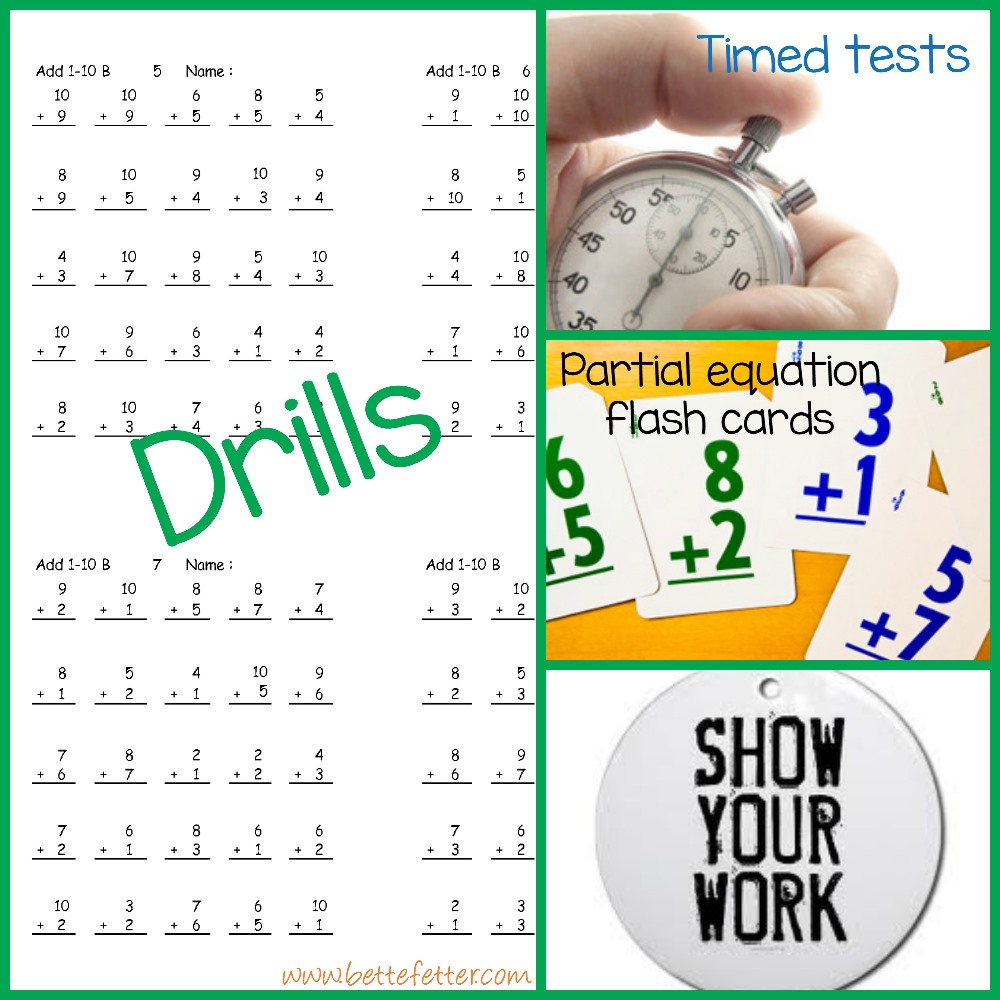Why Your Child Feels Like a Math Amateur

Are you wondering why your intelligent, creative visual learner is struggling with math? Well, first of all, there is nothing wrong with her. Traditional math education methods are designed for auditory-sequential learners. They require a lot of memorization and drills. There’s a focus on computation. They teach the process rather than the whole concept. This is not how your visual kid learns!
Visual children are special. They’re whole to part learners that have to know why something matters and how it fits into what they already know. They need a physical, visual understanding of the math concept before they can be successful with computation. Visual learners are gifted spatially, often excelling in complex math and science concepts while stumbling over basic math facts. While they will need to know the basics, don’t wait for perfection before moving on. Let them continue to explore and challenge themselves.
“Do not force the student to succeed at easier material before trying difficult work. Emphasize mastery of higher level concepts instead of perfection of simpler ones.” -Rebecca Mann
So, what’s not working in the math classroom?
Rote memorization and drills-Visual kids often understand complex problems much more readily than simple ones. A simple task involving knowledge recall engages only the left- hemisphere of the brain leaving the visual child at a disadvantage. Forcing memorization will burn your child out and make learning a chore.
Timed Testing– Visual learners need to visualize what they’re learning and doing and that can take extra time. Timed tests and quizzes put an almost tangible pressure on them causing unnecessary anxiety. It really doesn’t matter how fast your child can recall facts. What’s important is their understanding.
Asking them to explain their work– Being conceptual thinkers, visual children often come to their answer by an understanding of the concept and instinct rather than knowing the steps it took to get there. Having to prove their work can be stressful. The important part is that the final answer is correct.
Partial equation flash cards– Like rote memorization and drills, these partial equation flashcards require left-brain knowledge recall. That’s just not how your child thinks. Remember they are big picture, conceptual thinkers. Flash cards and drills can be helpful, but if overdone can feel like a chore and take the fun out of math.
Worksheets – Visual kids need hands on learning of concepts before they’re ready for worksheets on the subject. Doing worksheets without first learning concepts just won’t work and if those worksheets are focused on drills and repetition of basic math facts, they can be discouraging and lessen your child’s interest in math.
Now the good news.I compiled a list of ways to teach math to visual learners that are very successful. By shifting the approach a bit, your child can gain mastery and actually enjoy doing math. They may even excel and be able to show off their right-brain extraordinariness!










